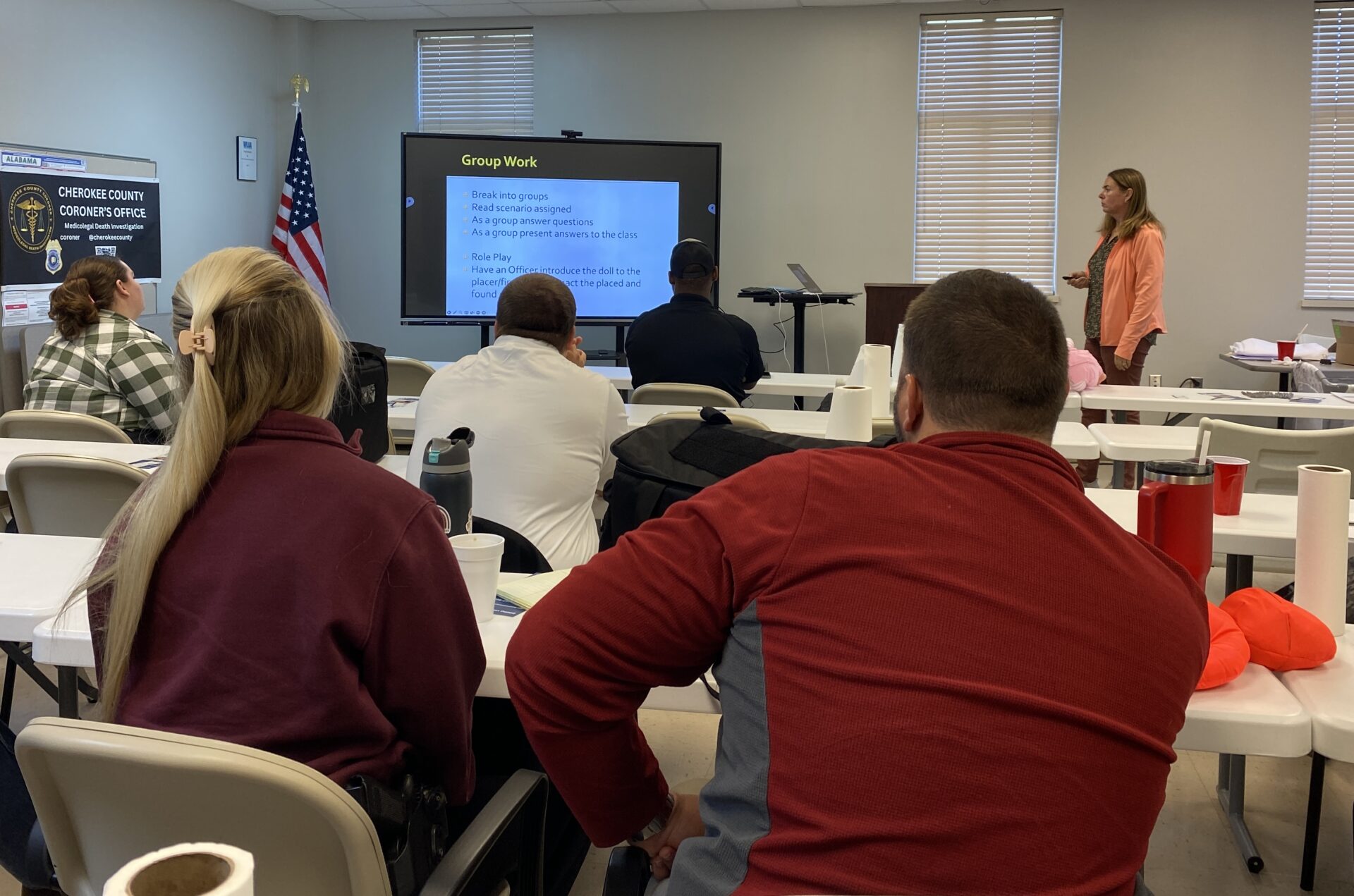.jpg)
(NEW YORK) — Diagnoses of children with attention-deficit/hyperactivity disorder (ADHD) have surged in the United States over the last several years, according to a new study from the Centers for Disease Control and Prevention.
The study, which examined data from more than 45,000 parent responses to the 2022 National Survey of Children’s Health (NSCH), found that in 2022, seven million children between ages 3 and 17 had previously been diagnosed with ADHD, an increase of one million from 2016.
This equates to about 1 in 9 U.S. children being diagnosed with ADHD at some point in their lives. Additionally, 10.5% of children, or 6.5 million, were found to have current ADHD in 2022.
Among children with current ADHD, the study found 58.1% had moderate or severe ADHD and 77.9% had at least one co-occurring disorder. Co-occurring disorders included behavioral problems such as anxiety or depression and developmental problems such as a learning disability or a speech delay.
ADHD is a condition including attention difficulty, hyperactivity and impulsiveness. It begins in childhood and may persist into adulthood.
A child with ADHD may often daydream; forget or lose things; talk too much; squirm or fidget; have difficulty getting along with others; have trouble taking turns; and make careless mistakes, according to the CDC.
There is no one test that can diagnose ADHD. Parents who are concerned their child has ADHD should first speak to a health care provider to discuss if the symptoms fit an ADHD diagnosis, the CDC says. A diagnosis can be made by a mental health professional, such as a psychologist or psychiatrist, or by a primary care provider, such as a pediatrician.
Despite behavior therapy often recommended alone or as adjunct to medications, only about half of children with current ADHD, 53.6%, had used medication and 44.4% had received behavioral therapy in the last year, according to parent responses.
Nearly one-third of children, 30.1%, did not receive any ADHD-specific treatment, the study found. Additionally older children between ages 12 and 17 were more likely than younger children between ages 6 and 11 to go untreated. Children living in non-English speaking households were also less likely to report receiving treatment.
While lack of access may be a reason for some children not receiving treatment, medication shortages may be another. ADHD medications have been facing yearslong national shortages, according to the American Society of Health-System Pharmacists.
Among them is the ADHD prescription drug Adderall. The shortage began in late 2022 initially due to a delay from a manufacturer. As of early 2024, the shortage is now demand-driven, according to the U.S. Food and Drug Administration.
There are a few reasons for why diagnoses might have increased, according to the authors. Firstly, because public awareness of ADHD has changed over time, more children may be getting correctly diagnosed with ADHD. Secondly, there may be less stigma around receiving treatment for ADHD.
Lastly, the COVID-19 pandemic may have played a role, with poor mental health during the pandemic possibly exacerbating ADHD symptoms for many children, the authors said.
The authors noted that children with ADHD are more likely to experience poor health outcomes as adults including obesity, chronic illness and accidental injury.
They added that the estimates from the study can be used to help clinicians be on the lookout for ADHD and children not receiving treatment as well as to help “policymakers, government agencies, health care systems, public health practitioners and other partners to plan for the needs of children with ADHD, such as by ensuring access to care and services for ADHD.”
Copyright © 2024, ABC Audio. All rights reserved.




